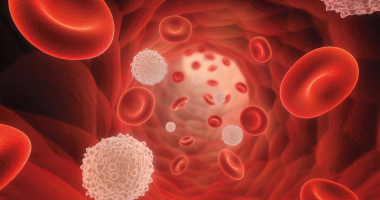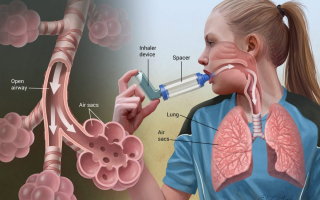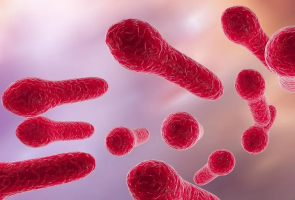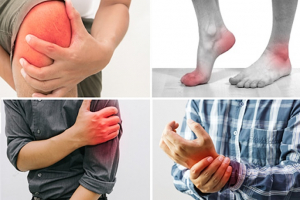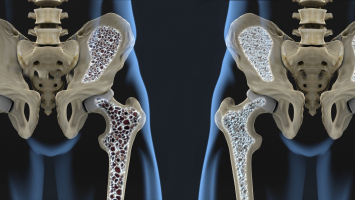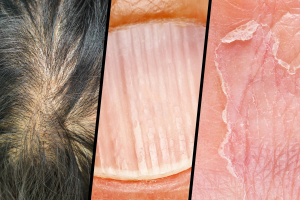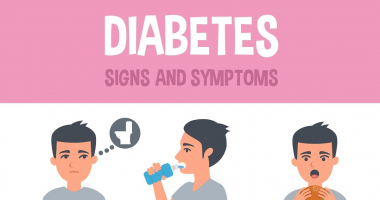Top 5 Signs and Symptoms of Cirrhosis
A late-stage liver condition called cirrhosis causes the liver to become irreversibly damaged when good liver tissue is replaced with scar tissue. Your liver ... read more...cannot function correctly because of scar tissue. Additionally, it reduces the liver's ability to produce proteins and other chemicals. Over time, cirrhosis prevents the liver from functioning normally. Cirrhosis in its advanced stages is fatal. In order to avoid its risks, let's find out Signs and Symptoms of Cirrhosis below!
-
An elevated body temperature is referred to as a fever. It represents your body's defense mechanism against illness. A fever in adults is defined as a temperature more than 100.4°F. When a child's temperature exceeds 100.4°F (measured rectally), 99.5°F (measured orally), or 99°F, it is said to be feverish (measured under the arm).
The normal body temperature is 37 degrees Celsius, or 98.6 degrees Fahrenheit. A few degrees above normal fever in you or your child indicates that they are healthy and actively battling infection. That's often a positive thing. However, if a fever persists after a few days and rises above 102°F, it should be treated at home and, if necessary, by a healthcare professional.

via: MedlinePlus 
via: MedlinePlus -
Unexpected weight loss is a significant decline in body weight that happens despite a person's lack of weight loss intent. Diet, exercise, or lifestyle changes are not the cause of the weight loss. A weight loss of 10 pounds or more, or 5% of body weight, over a six- to twelve-month period is regarded as "unexplained".
Unexpected weight loss may be a sign of a serious illness or condition. This makes it crucial to get medical help if you (or a member of your family) experience weight loss that cannot be explained. Weight loss that is unexplained can happen to anyone. However, those above the age of 65 are the ones who experience it most frequently (and severely). In older individuals, even unexplained weight loss of less than 5% of total weight, or 10 pounds, may be a symptom of a dangerous disease.

via: Healthing 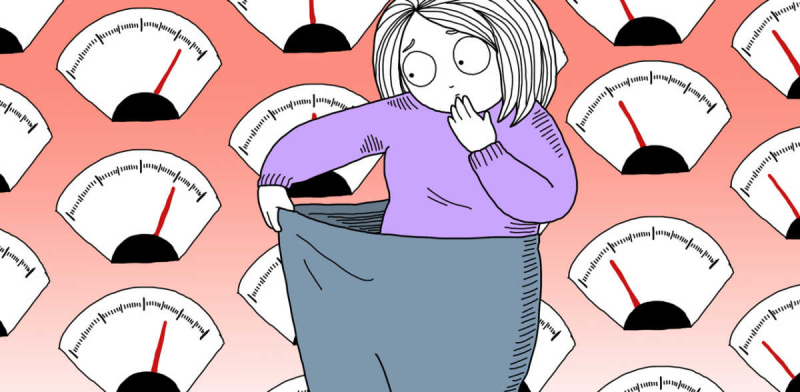
via: Healthing -
Edema is the medical name for swelling that results from fluid getting stuck in your body's tissues. Your face, hands, abdomen, and legs can all have edema, but your feet, ankles, and legs are the most usually affected areas. Because there are so many causes that can produce edema, it is common. Because minor episodes of edema go away on their own, the exact frequency of recurrence is unknown.
Some body parts will increase (swell) as a result of edema, which might make it challenging for you to do your daily duties. Elevating the swollen portion of your body or moving around will help reduce swelling and make you feel better if you were sitting or standing for a long time. If you experience edema symptoms, consult a medical expert immediately. Edema can occasionally be a sign of an underlying medical problem.
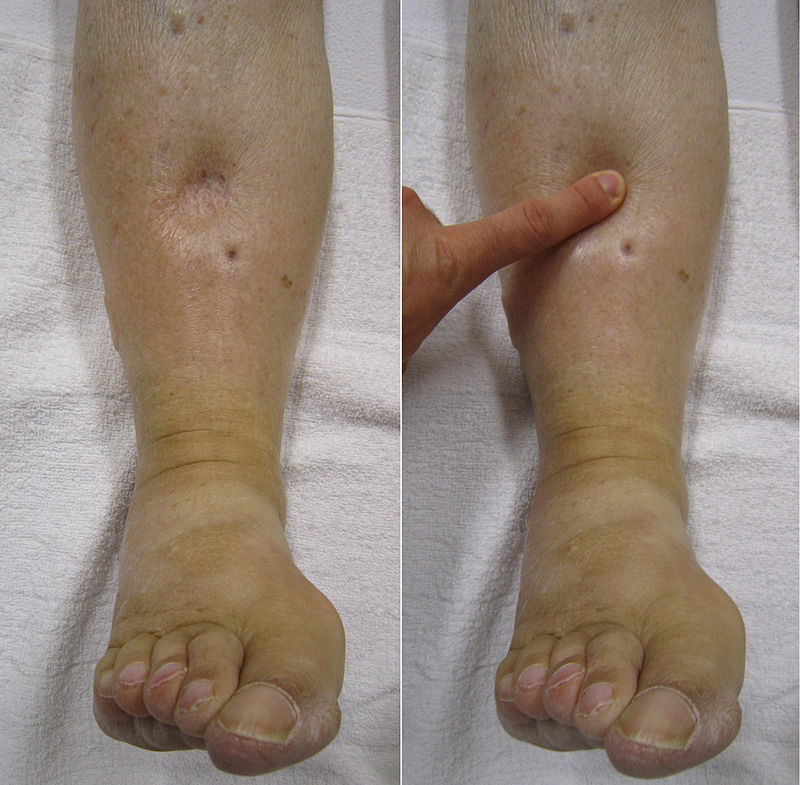
via: LittleThings.com 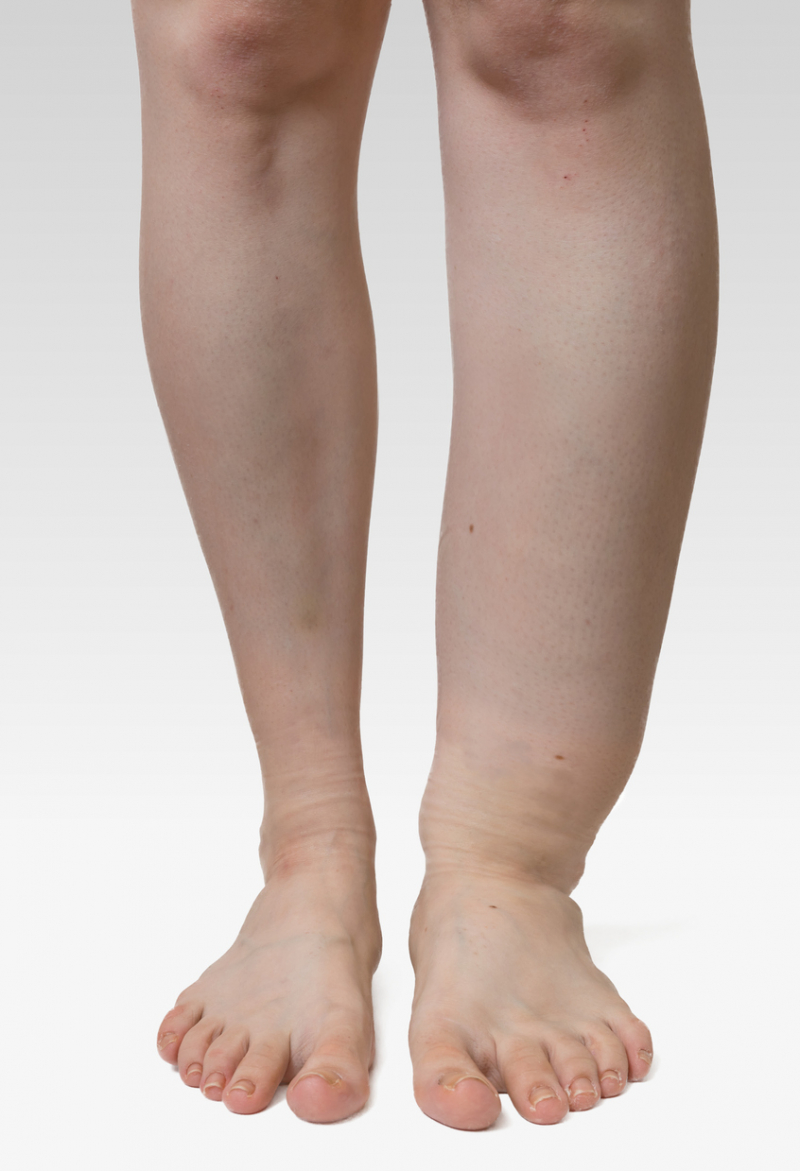
via: LittleThings.com -
A common disorder known as gynecomastia causes enlarged male breast tissue. Males of all ages can exhibit it, but it is most common during puberty, the infant stage, and later life. Gynecomastia can have a variety of causes, but the most prevalent one is a testosterone and estrogen imbalance.
Under the nipple, gynecomastia appears as a button-sized protrusion. If you press on the area, you might feel this or be able to see it as a breast bump. The lump may be touchably sore and may move readily within the breast tissue. Breast growth and breast lumps can affect one or both breasts. Between 50 and 65% of boys and men worldwide suffer from gynecomastia.
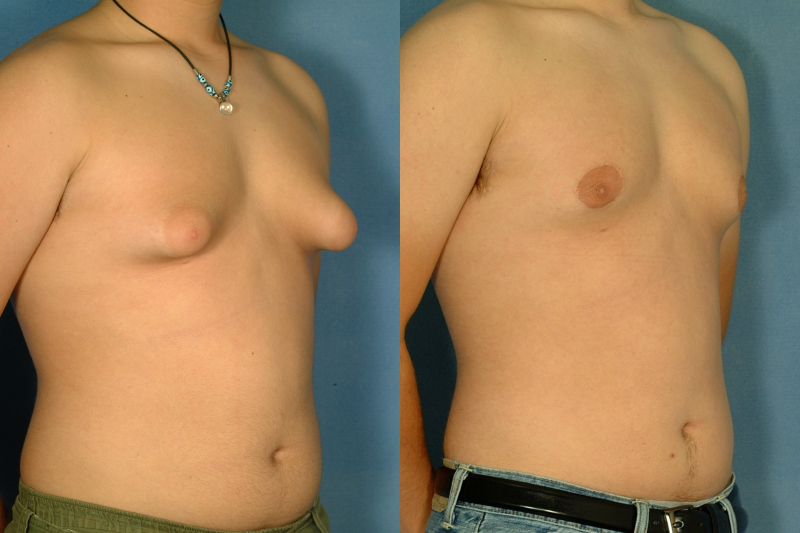
via: El Paso Cosmetic Surgery 
via: El Paso Cosmetic Surgery -
Postmenopause is a phrase used to describe the period of time following menopause. When you reach postmenopause, your monthly cycle has been absent for more than a year. Your reproductive years are over at this point in your life, and you are no longer ovulating (releasing eggs). The menopausal symptoms you've previously felt could get better or go entirely. A decade or longer following menopause, some women, however, continue to have menopausal symptoms.
Perimenopause, menopause, and postmenopause are the three stages of menopause. The period preceding menopause is known as the perimenopause. It refers to a period of time when hormone levels begin to drop and menstrual cycles become unpredictable and irregular. You can begin to experience menopausal symptoms including vaginal dryness or hot flashes. When you cease producing the hormones that trigger your monthly period and have gone a full 12 months without having a period, you enter menopause. After this happens, postmenopause sets in. The period following menopause is referred to as postmenopause. As soon as this occurs, postmenopause sets in for the rest of your life. Postmenopausal women are more susceptible to heart disease and osteoporosis than other women.

via: Everlywell 
via: Everlywell











